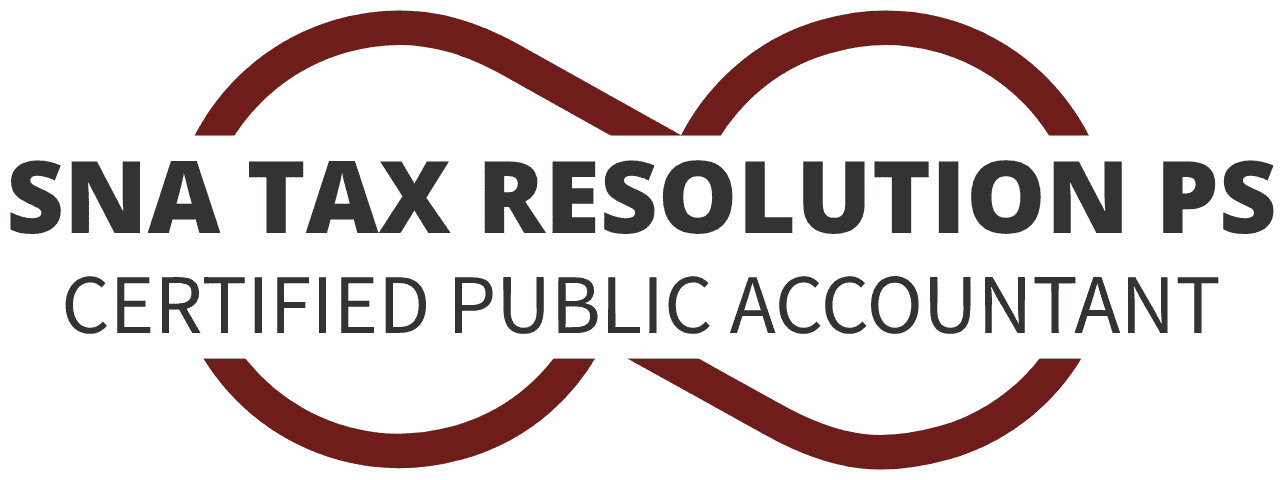Elementor #2966
529 PLAN CONTRIBUTION AND QUALIFIED EXPENSES 529 plans are a great college savings option. And surprise…they aren’t just for college. Let’s review some key features of these plans. Contributions to 529 plans are treated as gifts to the beneficiary, so generally you can’t contribute more than the annual gift exclusion amount each year… $19,000 in 2025…per beneficiary. But there’s a twist. You can bunch up to five years of 529 contributions. If you do this in 2025, you can contribute $95,000. You’ll be treated as gifting $19,000 to that beneficiary in 2025 and in each of the next four years…2026-29. You can’t deduct contributions to 529 plans on your federal tax return. But many states give residents a deduction or credit on state tax returns. Distributions from 529 plans used for college are tax-free. Eligible expenses include the cost of room and board for students enrolled at a college or university at least half-time, tuition, books, supplies, fees, computers and internet access. 529 funds can cover off-campus housing, food and utilities, but the tax-free payout can’t exceed the room and board allowance included in the school’s cost of attendance. 529 funds can also be used tax-free for certain apprenticeship programs. The cost of many postsecondary credentialing programs is now 529-eligible. 529 plans can help pay for K-12 education as well. Tax-free payouts of up to $10,000 per year per beneficiary ($20,000 per year beginning in 2026) can be taken from 529 accounts to pay tuition for elementary and secondary schools. The “One Big Beautiful Bill” has expanded this tax break, so that tax-free payouts can also cover the costs of materials for curricula and online studying, books, educational tutoring, fees for advanced placement tests or college admission exams, and educational therapies performed by a licensed provider to students with disabilities. This OBBB easing begins with distributions from 529 accounts made after July 4, 2025. Note that tax-free 529 payouts cannot be made to cover homeschooling expenses. Also, not all states treat payouts for K-12 schooling as tax-free for state-tax purposes. 529 PLANS AND LEFTOVER MONEY. What if the beneficiary opts to skip college or a credentialing program… Or there is leftover money? There are options for the unused 529 funds: Pay off college debt of the account beneficiary. Up to $10,000 from 529s can be used for this without having to pay federal income tax on the withdrawal. It’s important to note that this $10,000 is a lifetime limit, not an annual limit. Roll over money to a 529 account for another family member’s education. Transfer funds to an ABLE account for a disabled beneficiary or sibling. Some 529 funds can be rolled over tax-free to a Roth IRA for the beneficiary in a trustee-to-trustee transfer, subject to many rules. There’s a lifetime $35,000 cap. The 529 account must have been open for at least 15 years, with the same beneficiary. 529 payings made in the prior five years can’t be rolled over. Annual rollover amounts can’t exceed the yearly contribution limit for Roth IRAs, which is $7,000 for 2025.
